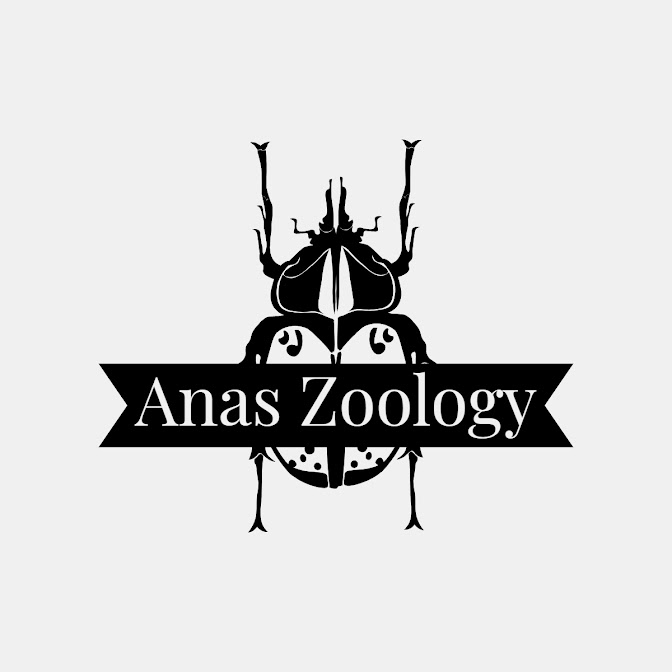Integument
INTEGUMENT:
- Vertebrate body is covered by a tough, three layered body wall consisting of outer integument, middle muscular layer, and inner coelomic epithelium.
- It displays important morphological and physiological variations between different vertebrate groups depending on their adaptations for various habitats and mode of life. However, being a protective covering the integument is basically similar in structure in all vertebrates.
- Histologically skin is made up of two distinct layers.
- Epidermis: Ectodermal, stratified squamous epithelium, made up of few to several layers of cells. These layers include:
- Stratum germinativum/stratum malpighi/ stratum cyclindricum: It is the the innermost layer, firmly attached with the dermis and is settled on the basement membrane . It is continuously growing layer which push the new cell layers towards surface. It gets nourishment from dermis.
- Stratum corneum: It is the outermost partially cornified layer consisting of dead cells. It is made up of protein keratin.
- Stratum transitional: It forms the layers between stratum germinativum and stratum corneum. the cells of this layers are progressively flattened and contain protein keratohyaline, they get dissolved in the cytoplasm which later on change into waterproof substance called eleidin. By the time it reaches upto the top most layer, eleidin hardens into tough, horny protein called keratin.
2. Dermis: Mesodermal, thicker, with connective tissue cells, fibres, blood vessels, capillaries, nerves, receptors and cutaneous glands, pigment cells - melanophores/chromatophores.



Comments
Post a Comment